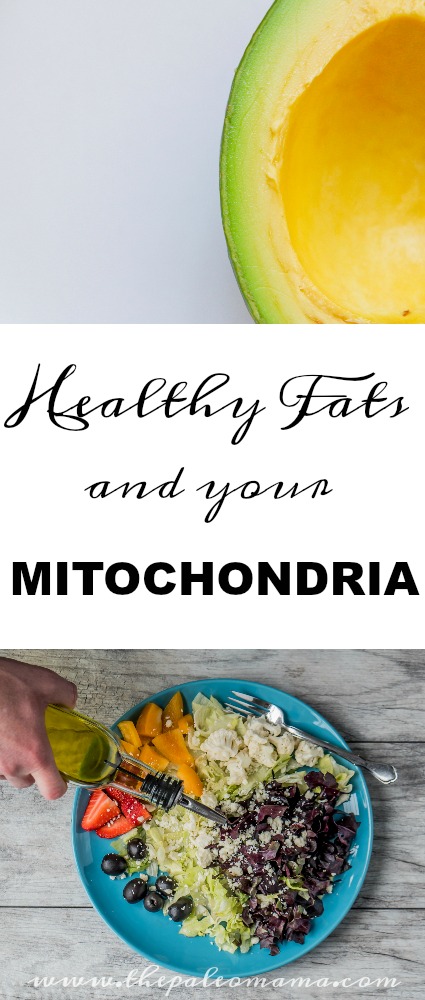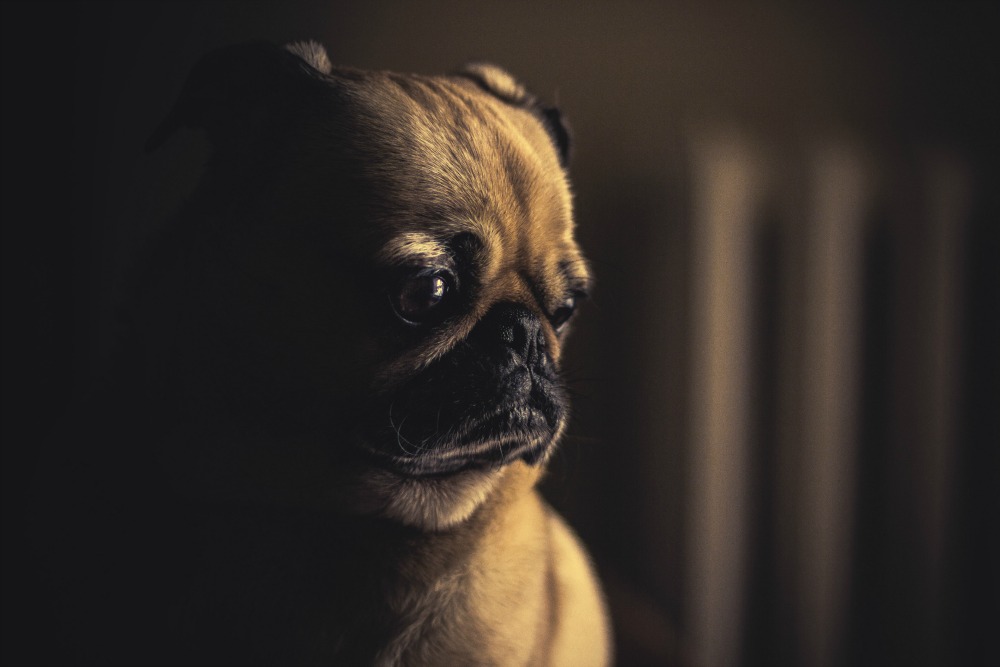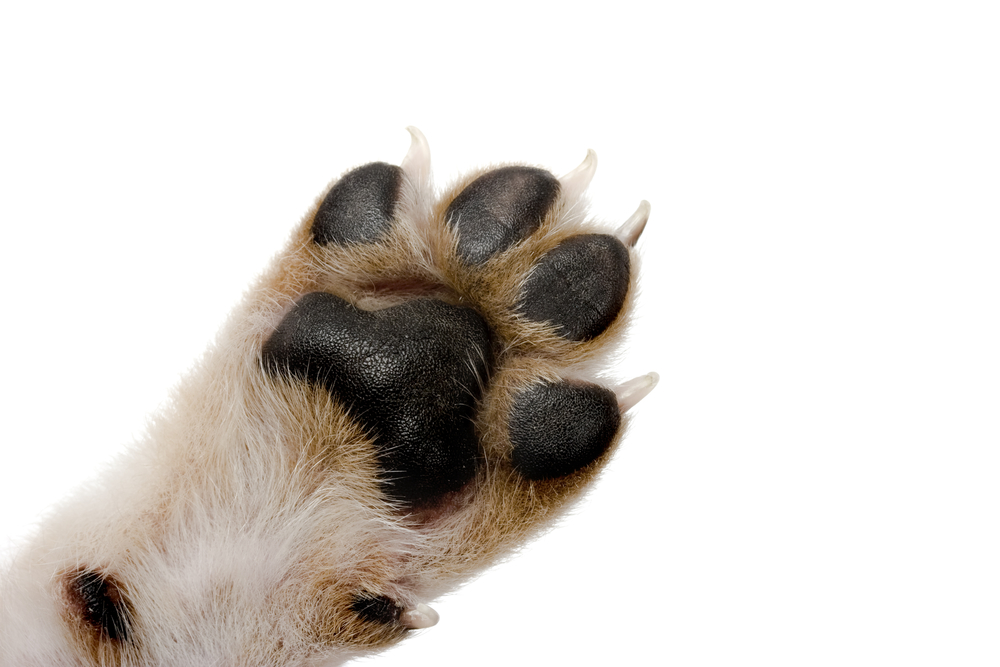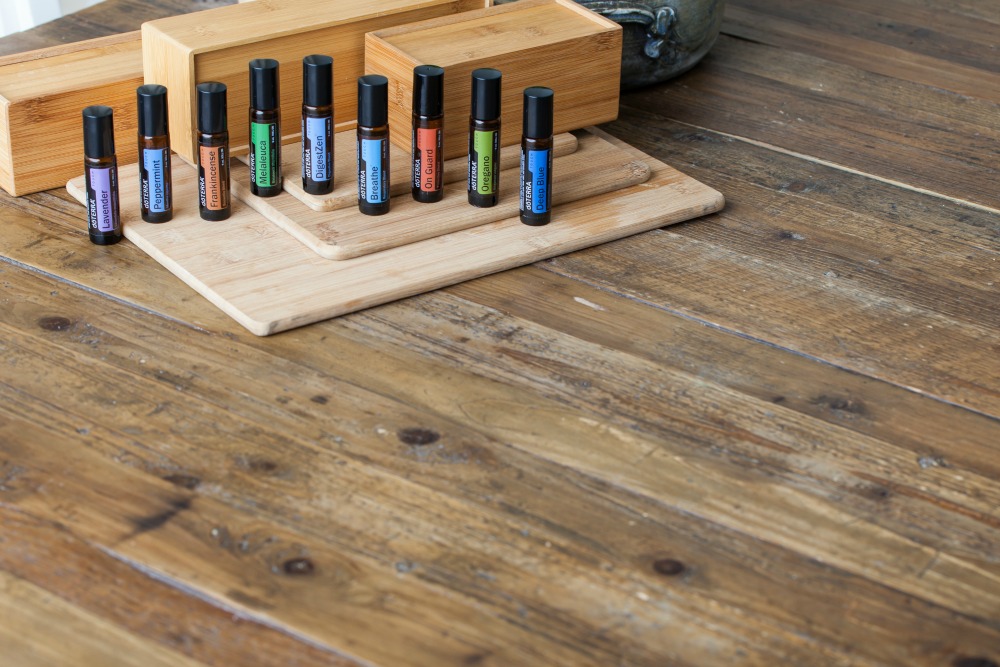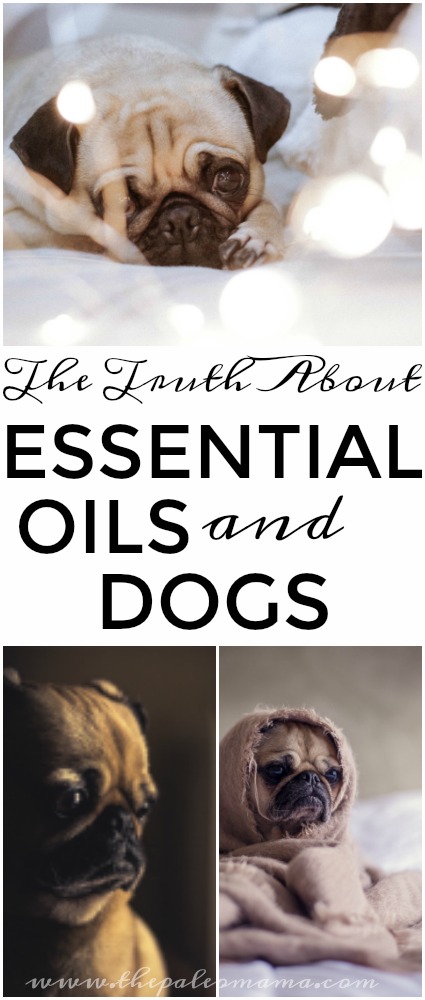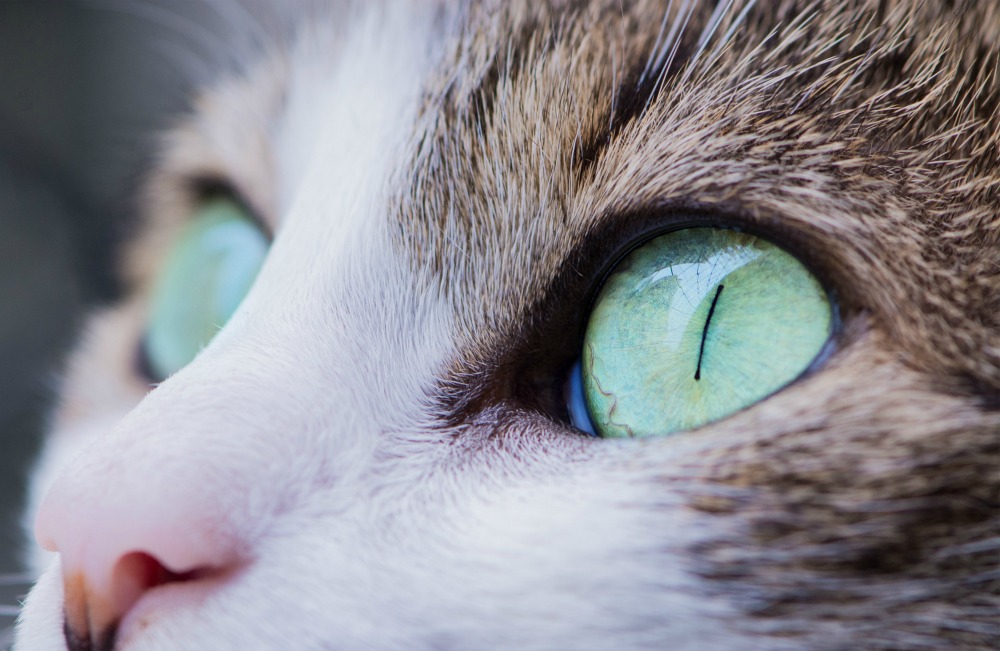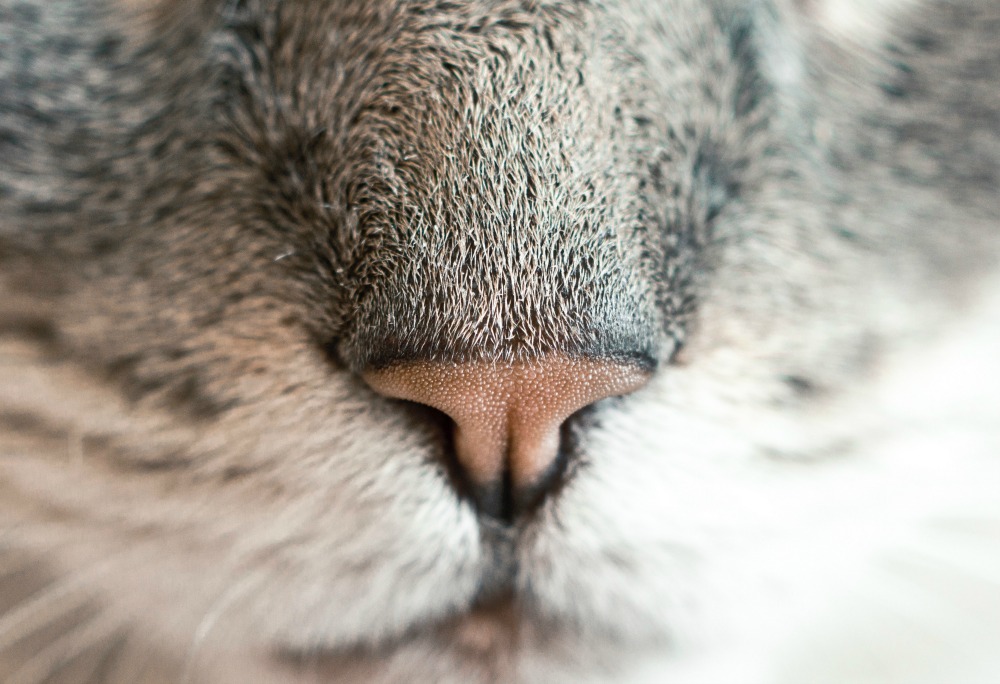Yesterday I woke up and decided it was time to start our homeschool routine. We are still enjoying our summer but both kids need a little more structure and stimulation.
Last year during our RV travels we embraced more of an “unschooling” structure to our school year. We had the opportunity to travel to nearly 40 states, visit all kinds of museums and national parks, and the kids learned so much.
This year, however, we are home on the farm and have chosen to go back to following the Charlotte Mason Method.
Here’s the video on our first day back to homeschool. Be sure to subscribe to us by CLICKING here.
Homeschool Resources:
- Our Homeschool Curriculum and Routine
- Simply Charlotte Mason
- Abeka Math Curriculum
- Bird Coloring Book used with the Burgess Bird Book for Science this term


